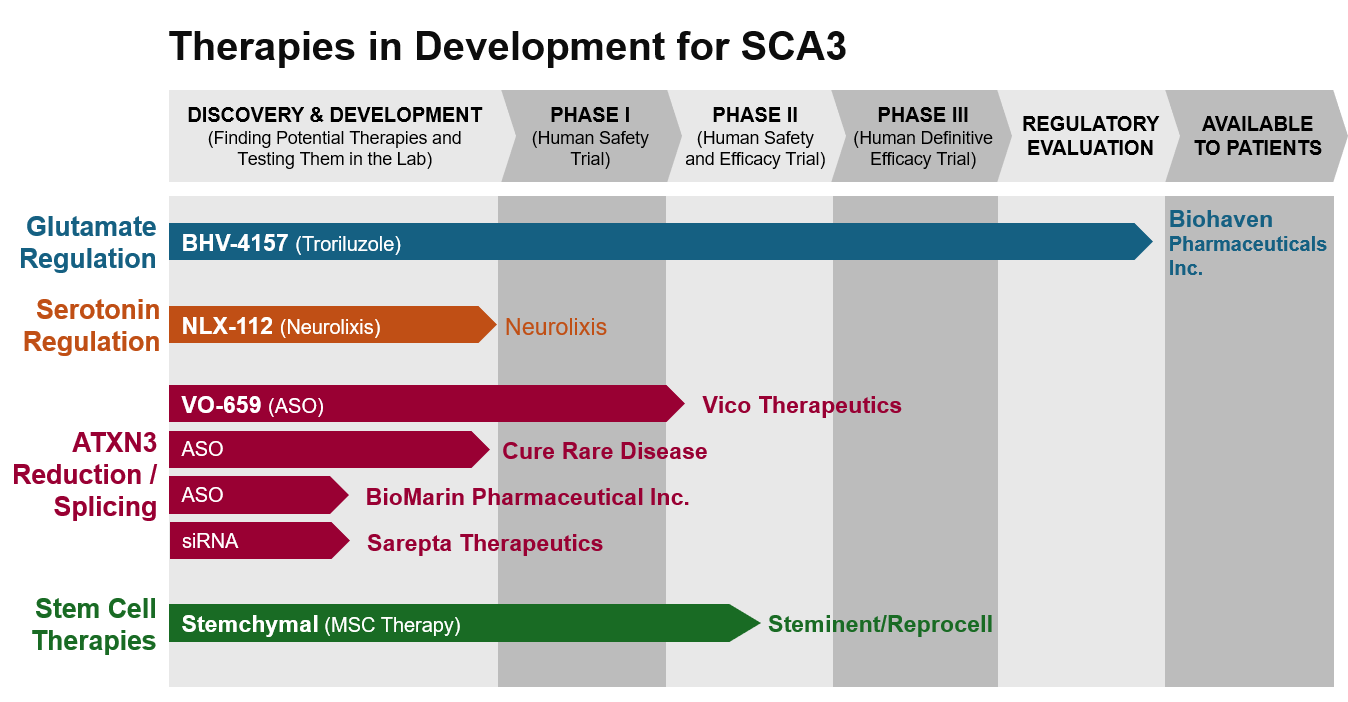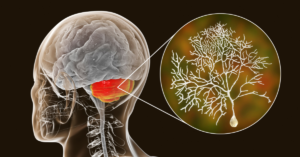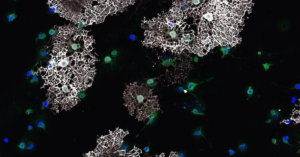
“Where did you come from, where did you go?”: Measuring disease progression in SCA1, 2, 3, and 6
Written by Alexandra Putka Edited by Dr Hannah K Shorrock Scientists characterize SCA1, 2, 3, & 6 disease progression, finding that symptoms change most rapidly in the first 10 years Read More…
















